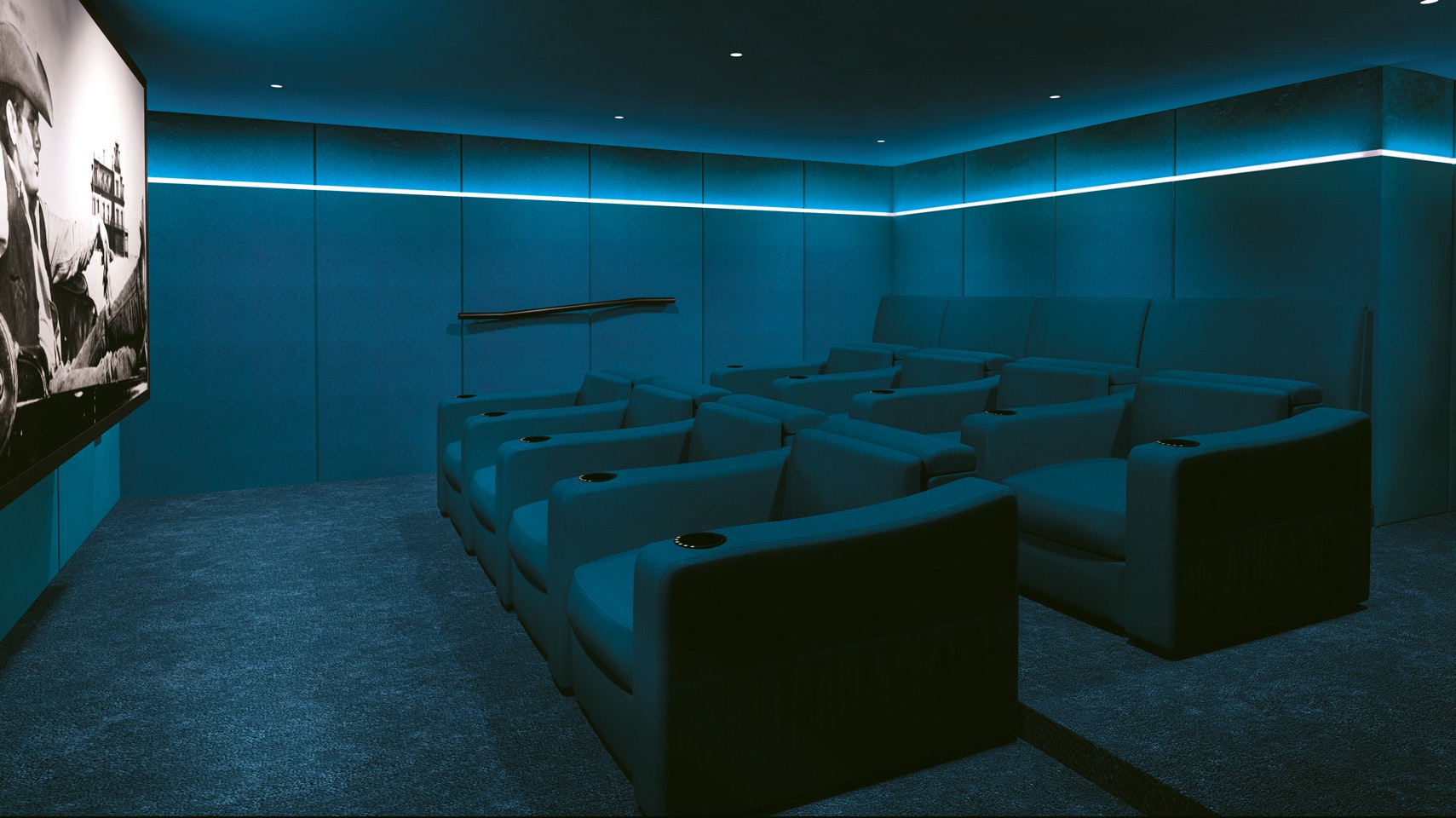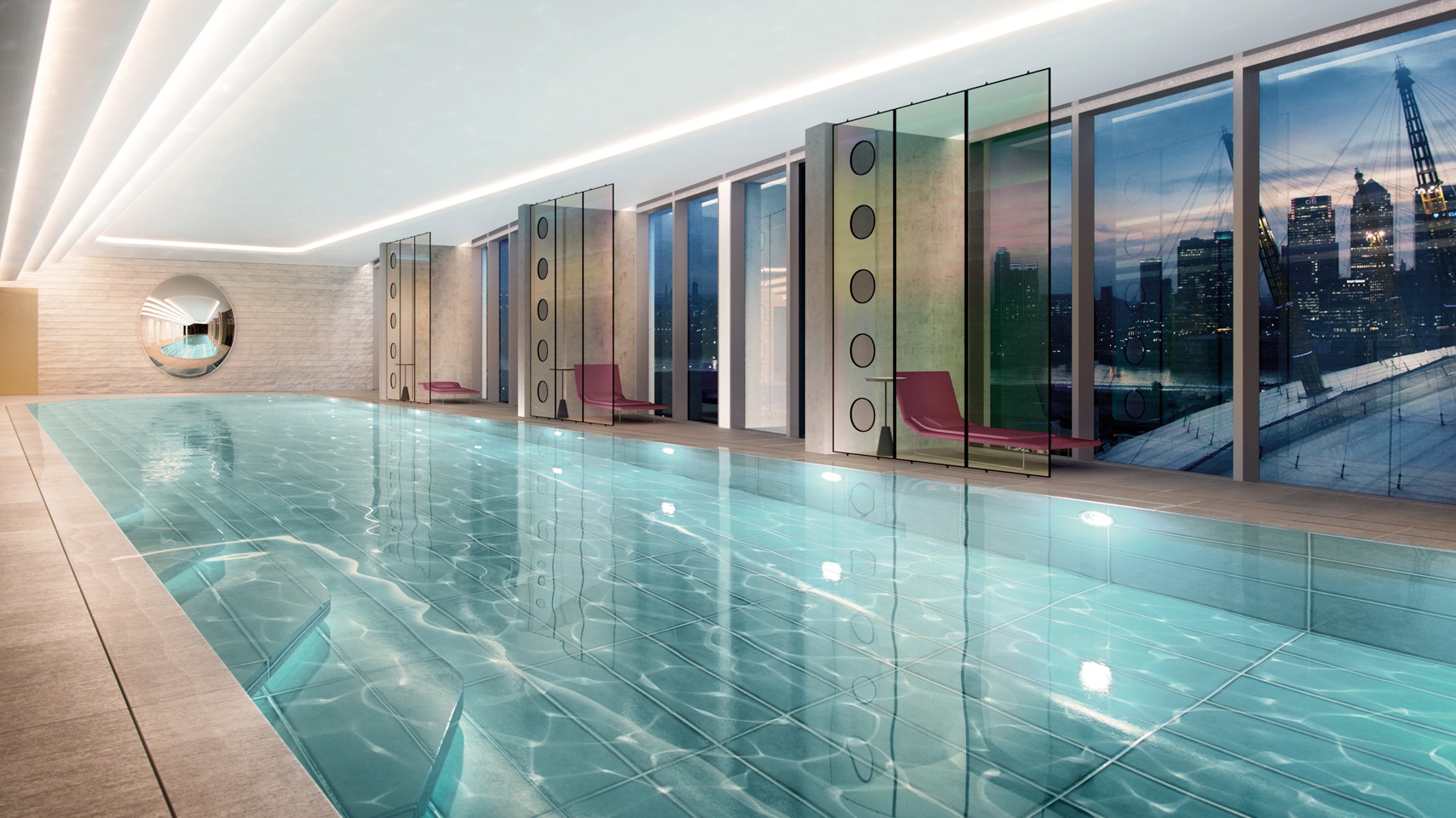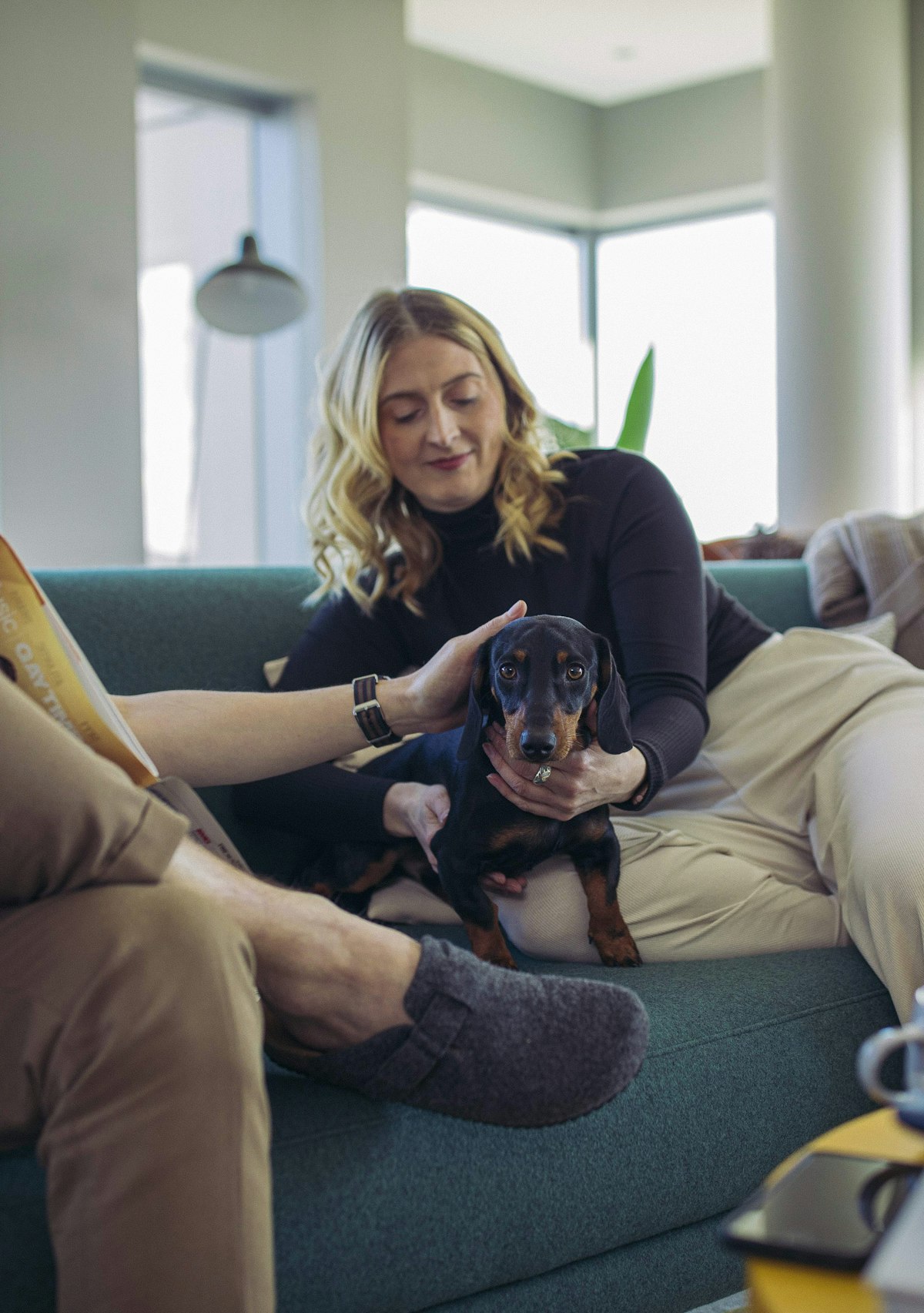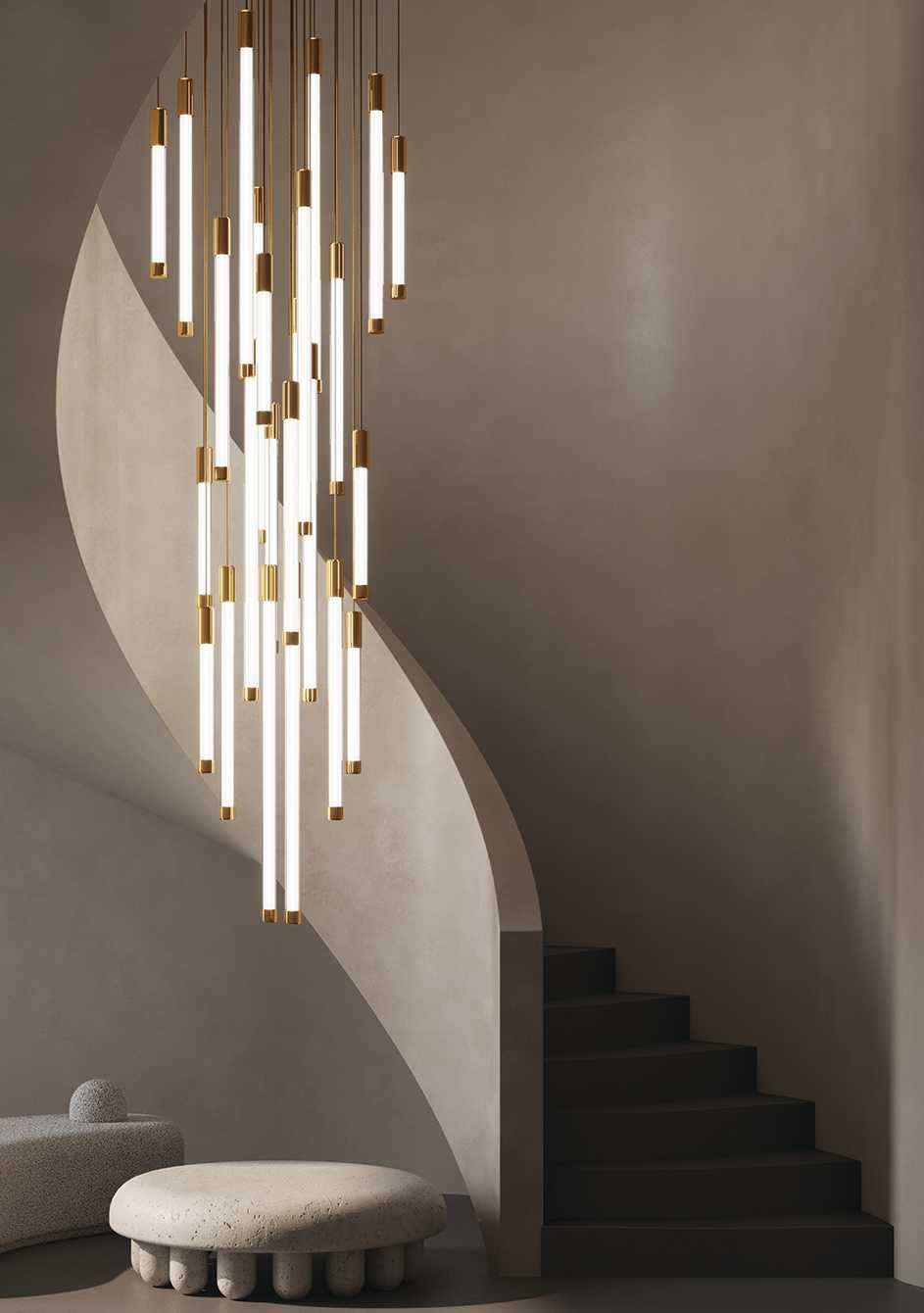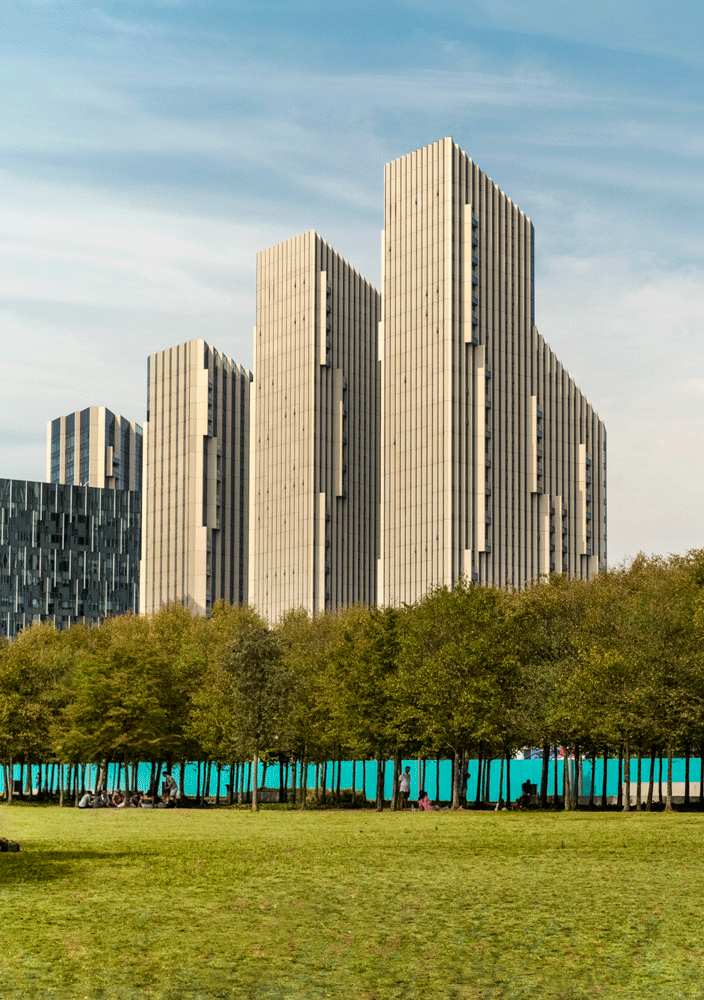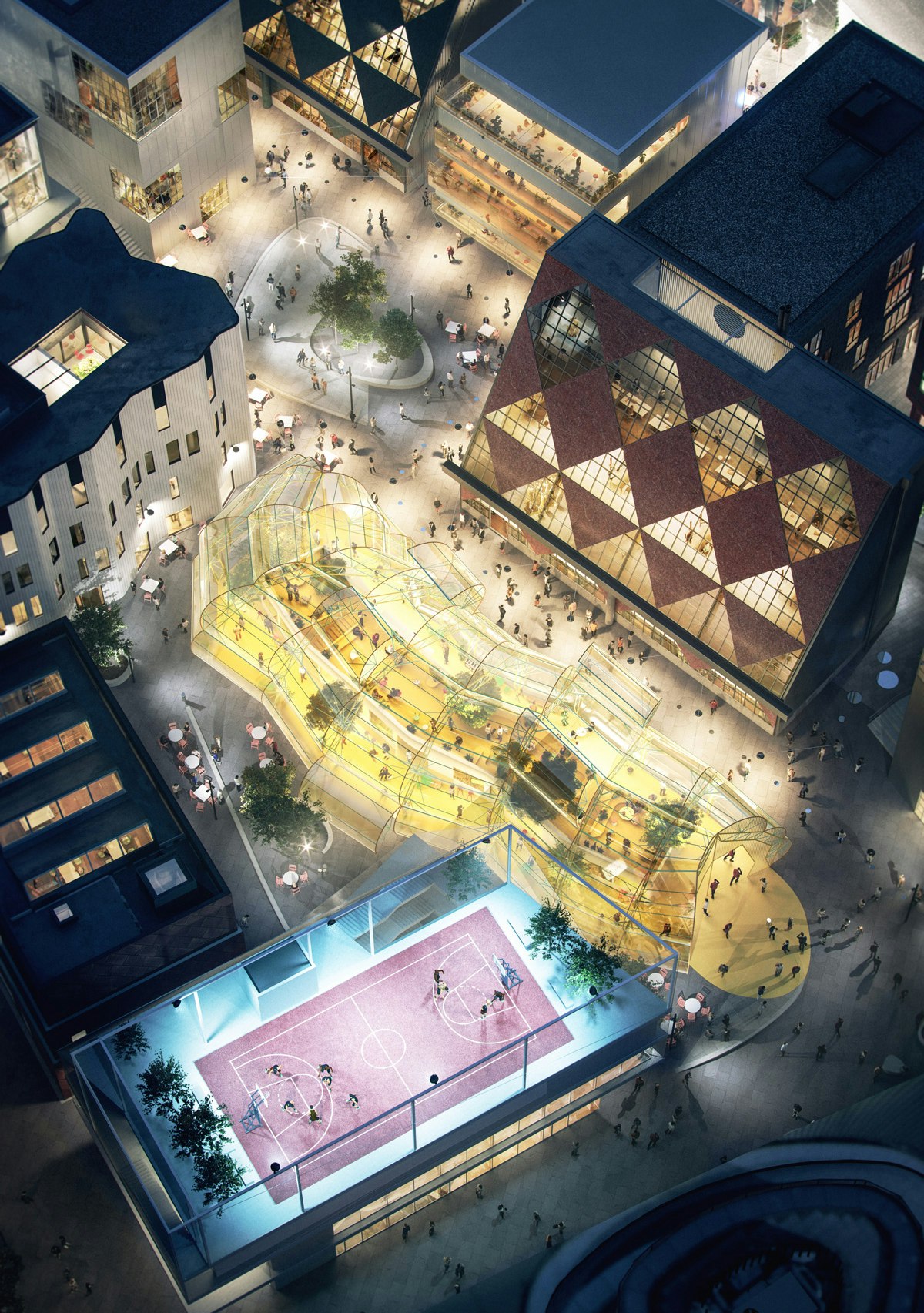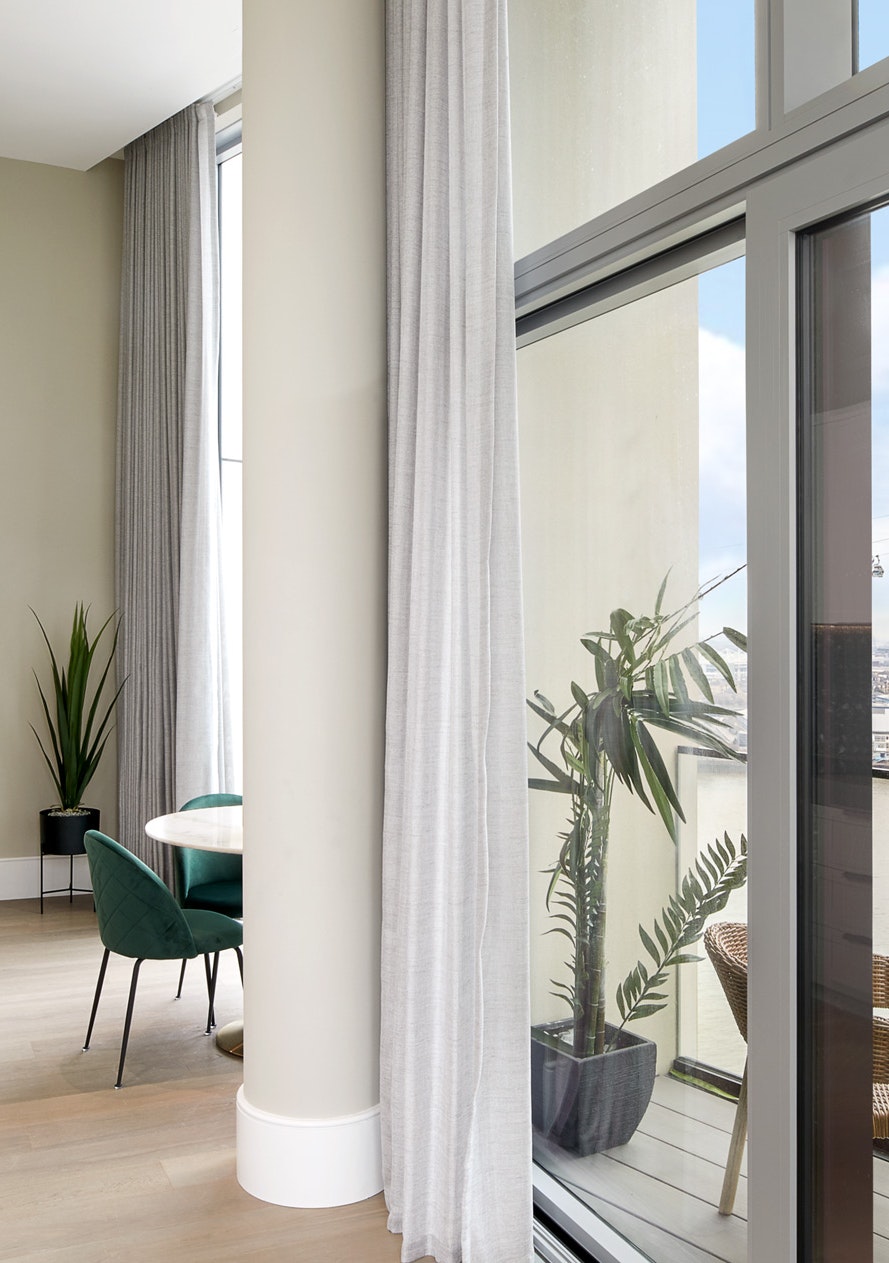
The New Club Rules
How did members’ clubs go from a posh luxury to a residential necessity? Ahead of the opening of The Upper Riverside Club, we look at how some of London’s best designers, including Tom Dixon, are bringing club-style facilities to everyday living spaces.
Around 1995, a young London restaurateur, labouring away at a moderately successful bistro on Old Compton Street in Soho, came upon a fairly startling revelation: you didn’t actually need to be posh to like members’ clubs.
“Members’ clubs were for men in pinstripe suits who liked to drink port after lunch,” Nick Jones, the founder of Soho House, later recalled, “and it occurred to me that there was a gap in the market for creative, like-minded people.”
Around the same time, on the far side of the Atlantic, another entrepreneur from a very different background was drawing similar conclusions: you didn’t need to be some mad night owl to value exclusive, comforting urban environments. The New York promoter Ian Schrager made his name in the late 1970s when he and his business partner, Steve Rubell, founded the world-famous Manhattan nightclub Studio 54. Convicted of tax evasion in 1980, Schrager began to move away from nightclubs upon his release from prison, yet retained his ability to offer exclusive settings to a select crowd, this time in a more residential setting.
Schrager moved into real estate in 1994, redeveloping a moderately nice old art-deco hotel, the Delano, in the once humdrum barrier island of Miami Beach into an urban resort, which both guests and non-residents were desperate to access.
Instead, the kind of places that Jones, Schrager and their fellow club kings have given us feel almost like home – if home had quite a few more overstuffed armchairs, a much better drinks menu and at least one decent sauna somewhere on site.
At these modern members’ clubs established, over the past two decades, everywhere from Berlin to Beijing, no one insists you wear a jacket, and some have a fairly stringent “no suits” rule. There are no overgrown public schoolboys throwing bread rolls at each other, little in the way of disco and certainly no white stallions trotting about.
The staff are more familiar than your traditional hotel porters, concierges or waiters, yet familiar in a way that puts you at ease; the food isn’t fancy-schmancy, hard to eat or difficult to pronounce; and the spa and exercise facilities don’t require a strong grounding in physiotherapy or sports science.
“Members clubs were for men in pinstripe suits who liked to drink port after lunch, and it occurred to me that there was a gap in the market for creative, like-minded people.”
If the old, aristo clubs of Wodehouse’s London helped the idle rich while away their days, then these new places give the busy, creative, professional classes a new space to regain and renew themselves. Indeed, the clubs have developed a parallel demand in the property development world, for new homes with added, personalised services beyond basic bricks and mortar. Which is why you might expect, quite logically, to find a members’ club on your doorstep.
And that’s where The Upper Riverside Club comes in. Spread across five gleaming architect-designed towers and open to all residents, this is a space that lets everyone meet their neighbours' neighbours. There’s a digital games room, two screening rooms, a sundeck, a book swap, one of London’s highest pools, as well as an excellent steam room, two gyms, a co-working lounge and expansive roof terrace for open-air exercise and socialising. All reserved just for residents.
A spot that works for early-morning Pilates and a late-night shared glass of Burgundy might have sounded bizarre 20 years ago, and entirely alien back in the last days of disco, yet it completely makes sense in the autumn of 2018, when wellness and enjoyment seem so intimately intertwined.
The London designer Tom Dixon has also overseen a floor in the club called Renew. Developed by Dixon’s Design Research Studio, it’s part day spa, part evening social space and entirely dedicated to the well-being of the Upper Riverside residents.
“City living demands a lot from us, and we in return expect a bit back, from body pump and cross-fit classes, to a kind concierge who remembers our name.”
The British-born designer is on good terms with both Schrager’s world (in his youth, Tom used to play bass in the disco/funk band Funktopian) and Jones’s milieu (he designed interior spaces for Shoreditch House in London). However, in Renew – with its combined concerns for neighbourliness, mental wellbeing, andphysical rejuvenation – he has truly taken a step forward.
Far from putting off new arrivals “of the wrong sort”, as clubs of old once did, these facilities have been built to help new settlers come together. The London pioneers of Greenwich Peninsula know that in so dynamic and changeable a city, finding a home means more than exchanging contracts. City living demands a lot from us, and we in return expect a bit back, from body pump and CrossFit classes, to a kind concierge who remembers our name.
Exactly how the club will fit into the fabric of Greenwich Peninsula is still to be determined by the residents. If those outdoor spaces are more widely used for crunches at daybreak, rather than late-night cocktails, that’s fine. It is really about offering support to city dwellers whenever they need it, in the depths of the evening or first thing, on business or off duty. But it will get used. In today’s big-city environment, being a member means belonging. Getting that right is priceless.
